It's taken more than half a century,Watch Good Girls Bad Girls (1984) but NASA really is going back to the moon.
Some of the space agency's astronauts have been training in the Northern Arizona desert for the looming Artemis 3 mission, which is currently slated to land in September 2026. Decades of other U.S. space priorities (such as the Space Shuttle and building the International Space Station), along with the astronomical costs of sending astronauts to our natural satellite, have impeded such a return endeavor.
But after the successful launch of NASA's new megarocket in 2022 — the Space Launch System — the moon mission's wheels are turning, albeit slowly. That's because every component of the agency's new lunar campaign, dubbed Artemis, must be profoundly safe. Lives will be aboard.
NASA has released images of the astronauts' May 2024 training in the desert, including a recent view of NASA astronauts Kate Rubins and Andre Douglas simulating a nighttime space walk (the official Artemis 3 astronaut crew has yet to be announced). Training in the dark or twilight is essential, as the conditions mimic the dark, shadowy regions Artemis astronauts will explore: NASA is going to the moon's south pole region, a place where the sun barely rises over the lunar hills. It's a world of profoundly long shadows and dim environs.
The endeavor you see below is called the Joint Extravehicular Activity and Human Surface Mobility Test Team Field Test 5, or JETT5.
 NASA astronauts Kate Rubins and Andre Douglas simulating a moonwalk for the looming Artemis 3 mission. Credit: NASA / Josh Valcarcel
NASA astronauts Kate Rubins and Andre Douglas simulating a moonwalk for the looming Artemis 3 mission. Credit: NASA / Josh Valcarcel  On left: Astronaut Andre Douglas reviews sample collection procedures. On right: Astronaut Kate Rubins ensures she has the necessary tools. Credit: NASA / Josh Valcarcel
On left: Astronaut Andre Douglas reviews sample collection procedures. On right: Astronaut Kate Rubins ensures she has the necessary tools. Credit: NASA / Josh Valcarcel  Astronaut Kate Rubins used a hammer to drive in tube that will collect soil samples from the ground. On the moon, these samples will be sealed and then returned to Earth. Credit: NASA / Josh Valcarcel
Astronaut Kate Rubins used a hammer to drive in tube that will collect soil samples from the ground. On the moon, these samples will be sealed and then returned to Earth. Credit: NASA / Josh Valcarcel  The two astronauts pushing a tool cart across the desert surface. Credit: NASA / Josh Valcarcel
The two astronauts pushing a tool cart across the desert surface. Credit: NASA / Josh Valcarcel NASA captured these images in a rugged region called the San Francisco Volcanic Field. The area astronauts are headed to is also quite rugged. It's a heavily cratered region, teeming with volcanic rocks. Crucially, they'll be hunting for ice deposits, too.
"The ice deposits could also serve as an important resource for exploration because they are comprised of hydrogen and oxygen that can be used for rocket fuel or life support systems," NASA explained.
The moon may one day serve as a lunar fuel depot, where after burning copious amounts of fuel during launch, spacecraft stop to fill up for deeper space missions. They may be headed to Mars, resource-rich asteroids, or beyond.
(Editor: {typename type="name"/})
 SpaceX's Starlink will provide free satellite internet to families in Texas school district
SpaceX's Starlink will provide free satellite internet to families in Texas school district
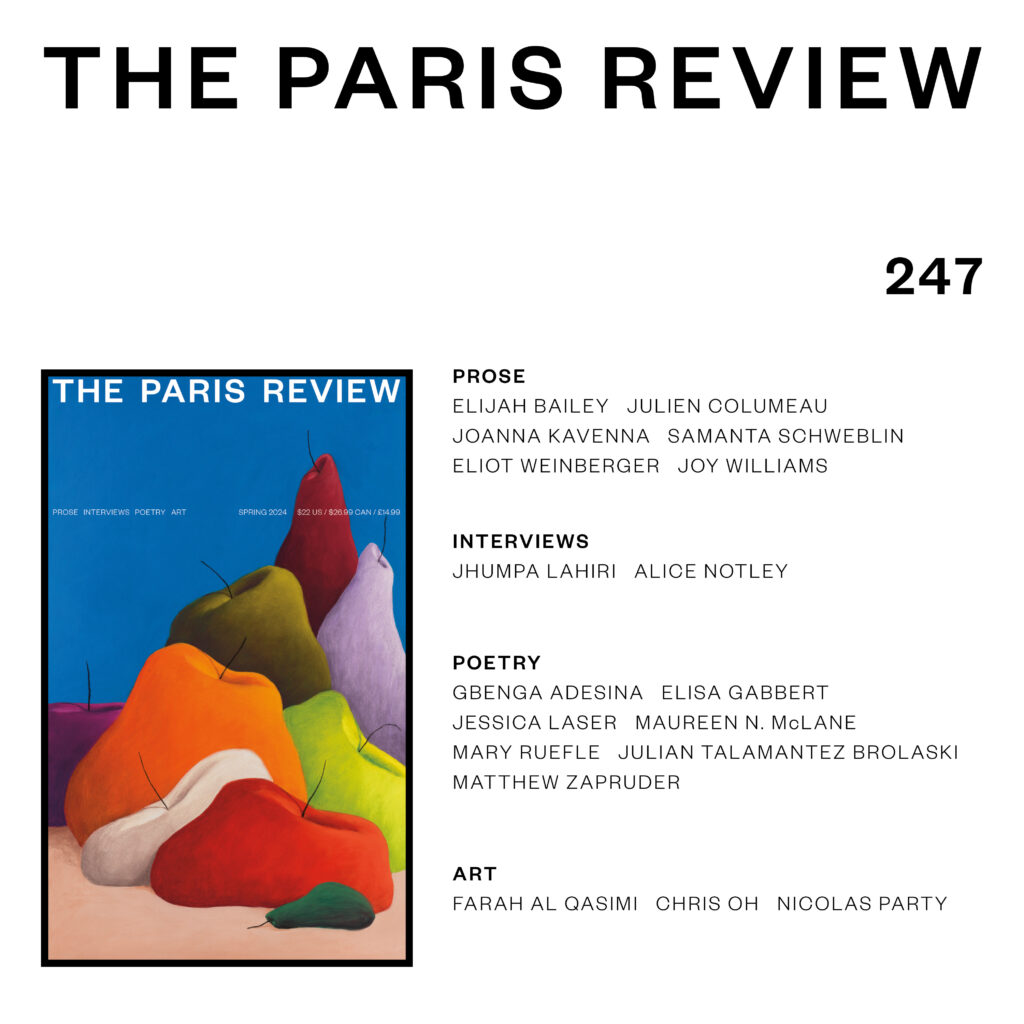 Announcing Our Spring Issue by Emily Stokes
Announcing Our Spring Issue by Emily Stokes
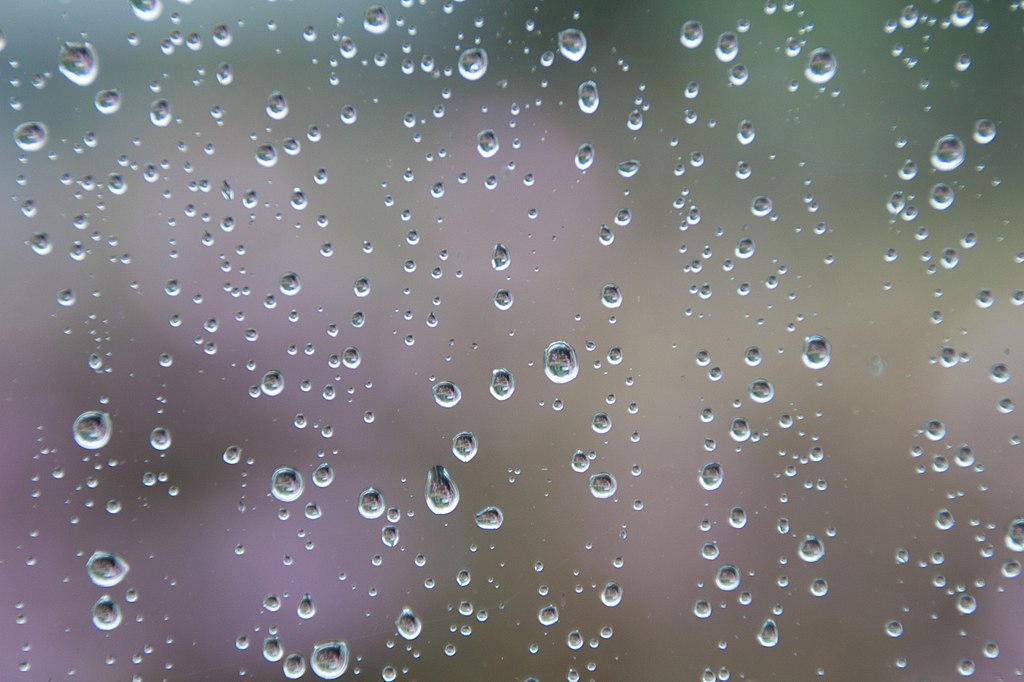 Making of a Poem: D. A. Powell on “As for What the Rain Can Do” by D. A. Powell
Making of a Poem: D. A. Powell on “As for What the Rain Can Do” by D. A. Powell
 Outdoor speaker deal: Save $20 on the Soundcore Boom 2
Outdoor speaker deal: Save $20 on the Soundcore Boom 2
Best soundbar deal: Save $300 on the Sonos Arc
 SAVE $300: As of May 16, get the Sonos Arc soundbar for $599 at Amazon, down from its usual price of
...[Details]
SAVE $300: As of May 16, get the Sonos Arc soundbar for $599 at Amazon, down from its usual price of
...[Details]
Dare to Leave a Trace: On A City of Sadness by Michelle Kuo
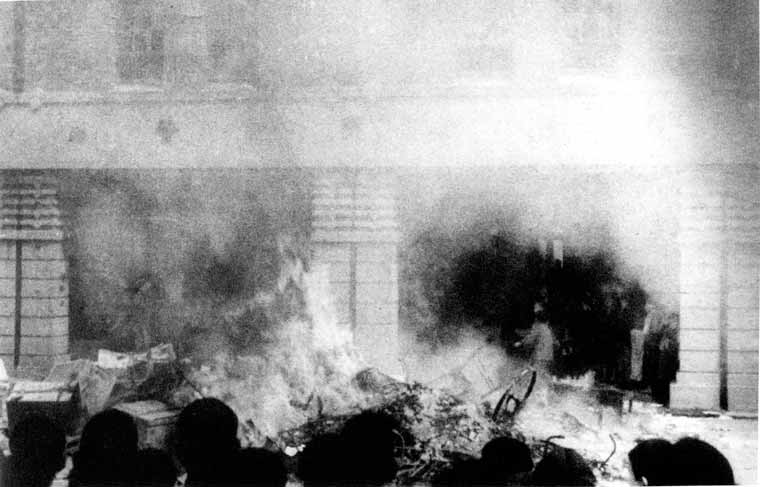 Dare to Leave a Trace: On A City of SadnessBy Michelle KuoOctober 6, 2023The Review’s ReviewYidingmu
...[Details]
Dare to Leave a Trace: On A City of SadnessBy Michelle KuoOctober 6, 2023The Review’s ReviewYidingmu
...[Details]
The Secrets of Beauty by Jean Cocteau
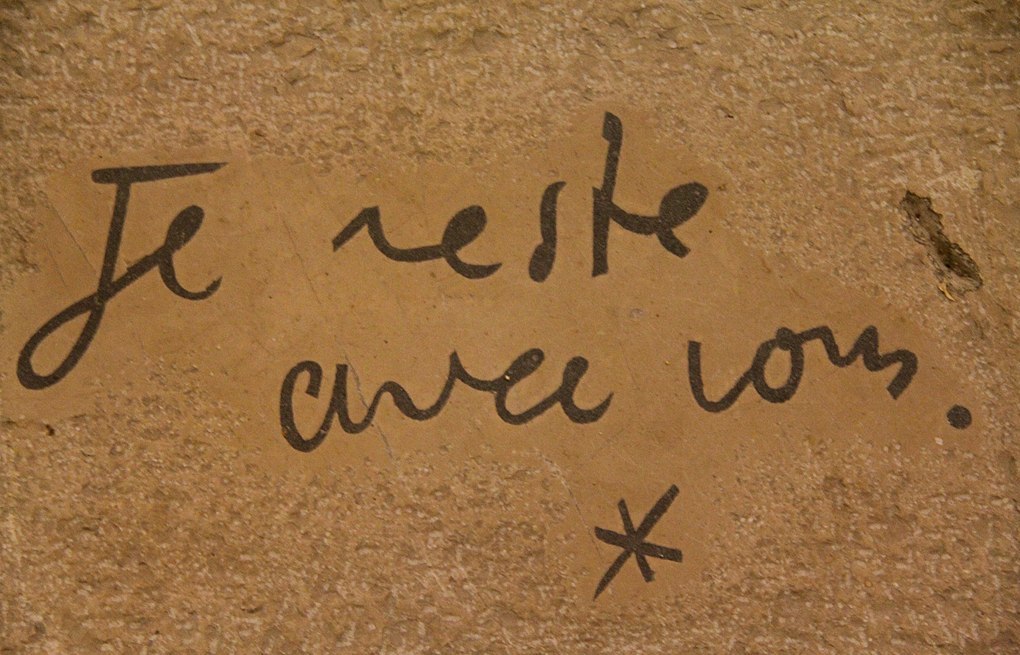 The Secrets of BeautyBy Jean CocteauDecember 5, 2023On PoetryCocteau’s epitaph in Saint-Blaise-des-S
...[Details]
The Secrets of BeautyBy Jean CocteauDecember 5, 2023On PoetryCocteau’s epitaph in Saint-Blaise-des-S
...[Details]
Reading the Room: An Interview with Paul Yamazaki by Seminary Co
 Reading the Room: An Interview with Paul YamazakiBy Seminary Co-Op BookstoreFebruary 20, 2024At Work
...[Details]
Reading the Room: An Interview with Paul YamazakiBy Seminary Co-Op BookstoreFebruary 20, 2024At Work
...[Details]
Stablecoin bill advances in U.S. Senate as Trump critics call to end his crypto dealings
 The crypto industry is celebrating this week as a controversial stablecoin bill dubbed the GENIUS Ac
...[Details]
The crypto industry is celebrating this week as a controversial stablecoin bill dubbed the GENIUS Ac
...[Details]
Lifesize Dioramas: At Carolee Schneemann's House by Hannah Gold
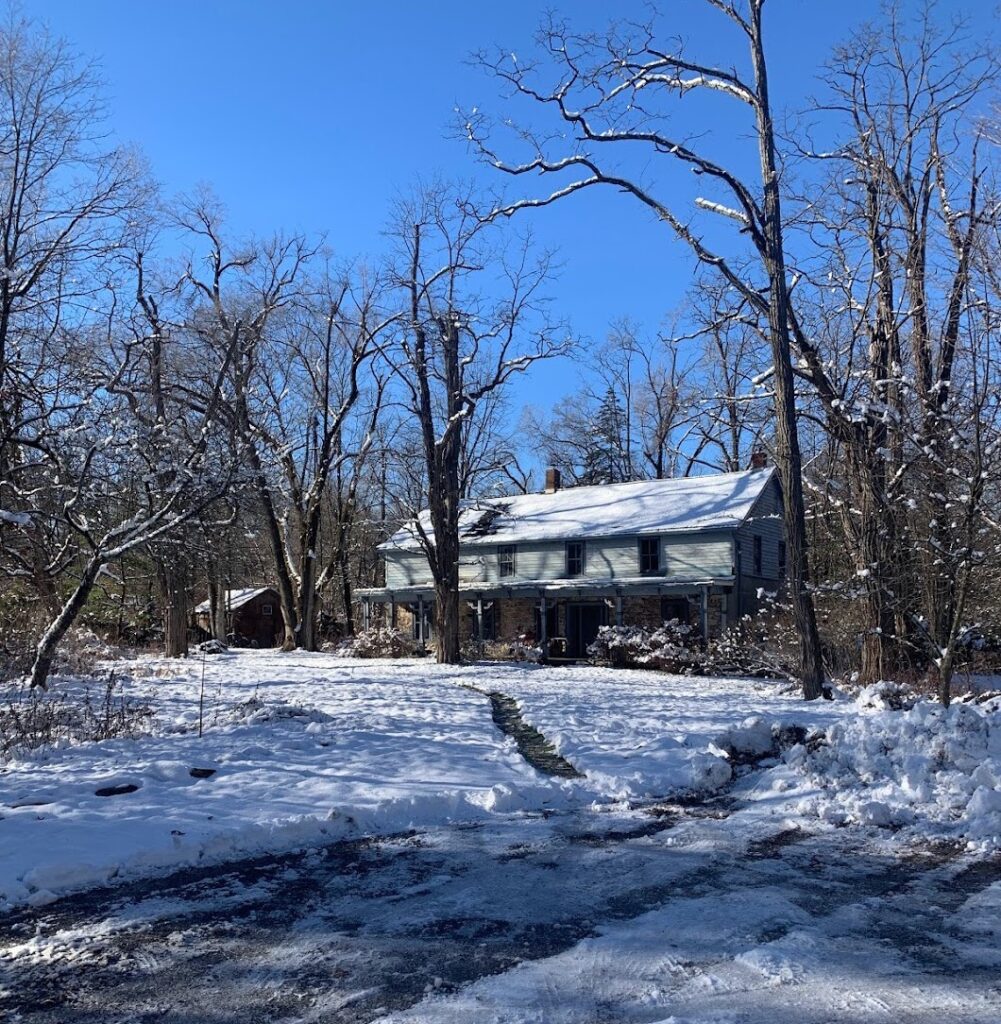 Lifesize Dioramas: At Carolee Schneemann’s HouseBy Hannah GoldNovember 27, 2023Writers' Houses
...[Details]
Lifesize Dioramas: At Carolee Schneemann’s HouseBy Hannah GoldNovember 27, 2023Writers' Houses
...[Details]
Citroën Cactus by Holly Connolly
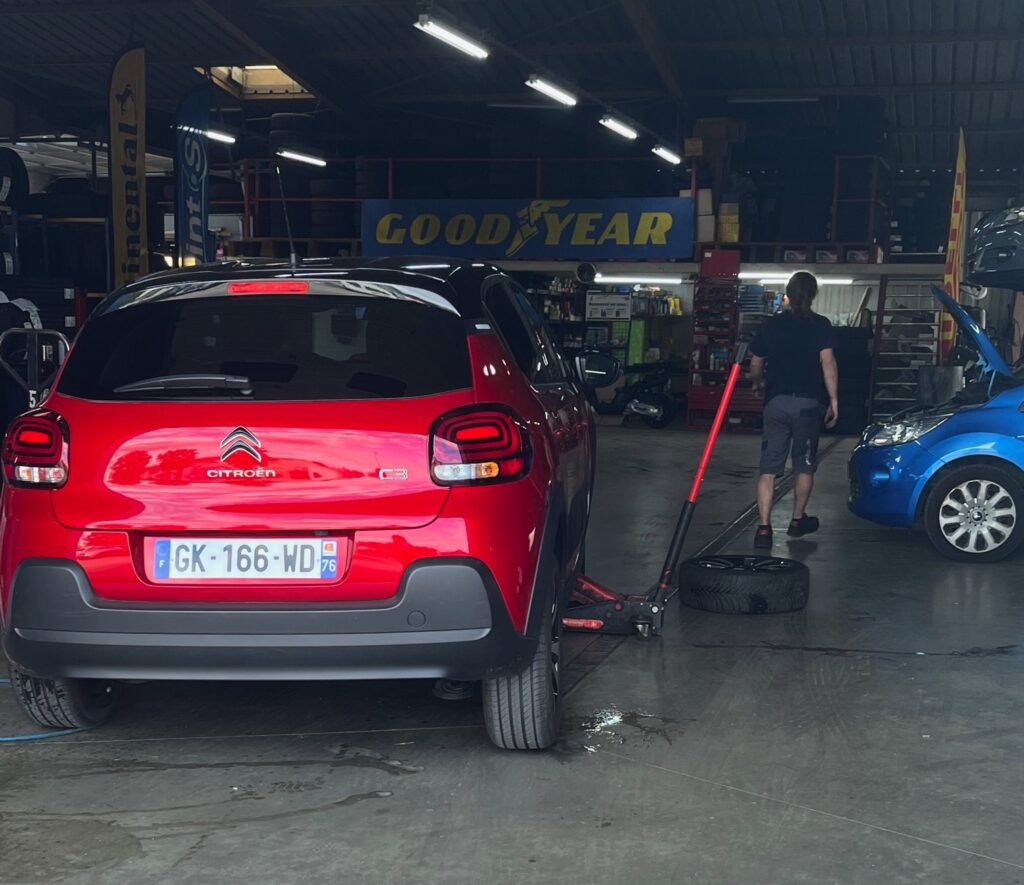 Citroën CactusBy Holly ConnollyNovember 6, 2023Car CrushesThe French Cactus. Photograph by Holly Con
...[Details]
Citroën CactusBy Holly ConnollyNovember 6, 2023Car CrushesThe French Cactus. Photograph by Holly Con
...[Details]
Prince and the Afterworld: Dorothea Lasky and Tony Tulathimutte Recommend by The Paris Review
 Prince and the Afterworld: Dorothea Lasky and Tony Tulathimutte RecommendBy The Paris ReviewMarch 1,
...[Details]
Prince and the Afterworld: Dorothea Lasky and Tony Tulathimutte RecommendBy The Paris ReviewMarch 1,
...[Details]
What cracked the Milky Way's giant cosmic bone? Scientists think they know.
 Near the center of the Milky Wayare enormous filaments of radio energy that sometimes look like bone
...[Details]
Near the center of the Milky Wayare enormous filaments of radio energy that sometimes look like bone
...[Details]
W Stands for W by Stephen Haines
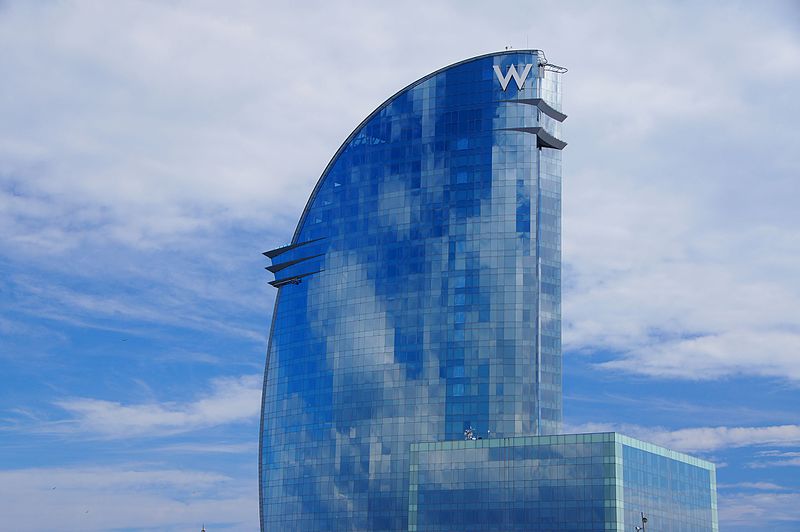 W Stands for WBy Stephen HainesSeptember 21, 2023First PersonThe W Hotel, Barcelona. Courtesy of Wik
...[Details]
W Stands for WBy Stephen HainesSeptember 21, 2023First PersonThe W Hotel, Barcelona. Courtesy of Wik
...[Details]
接受PR>=1、BR>=1,流量相当,内容相关类链接。